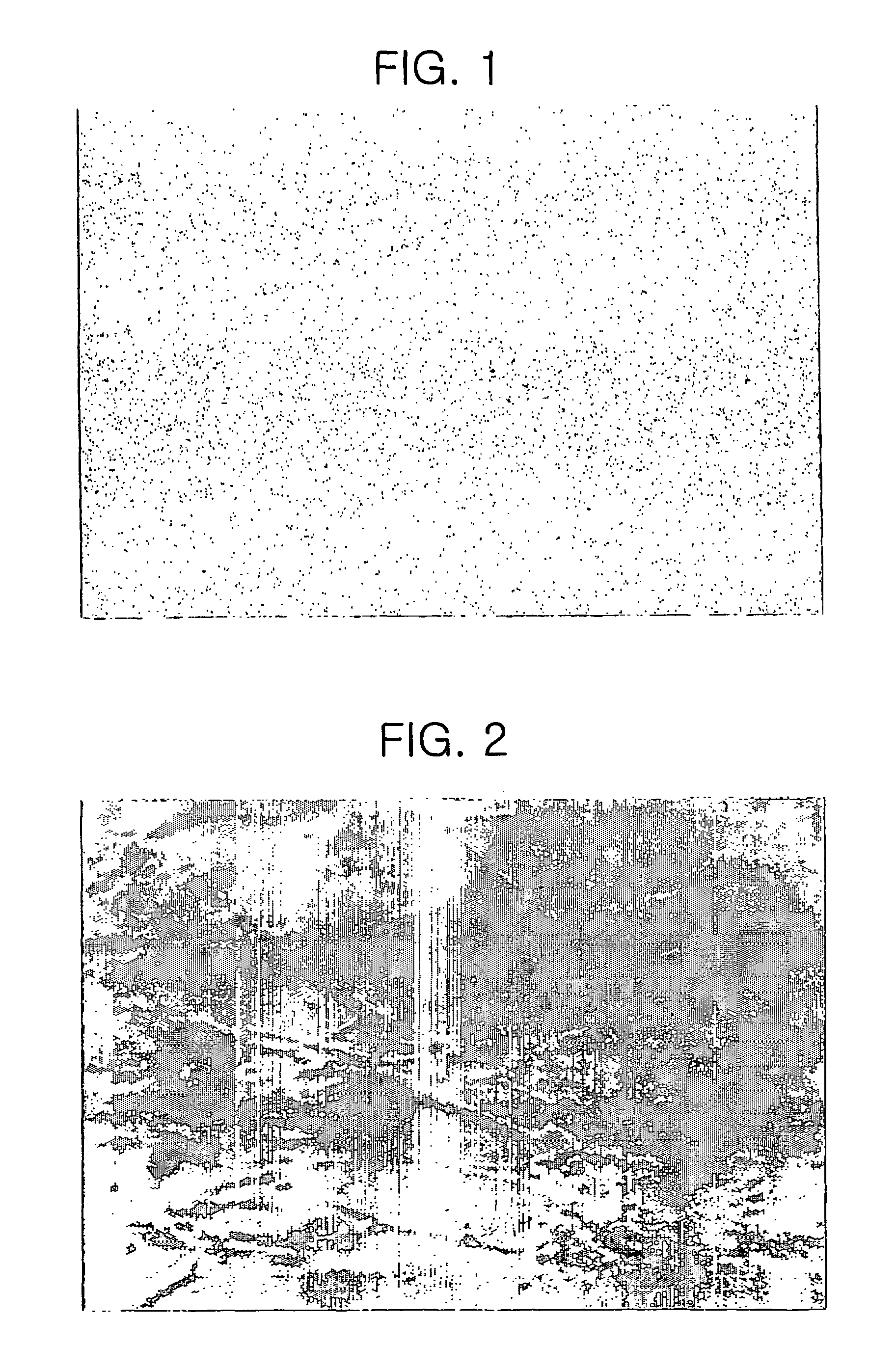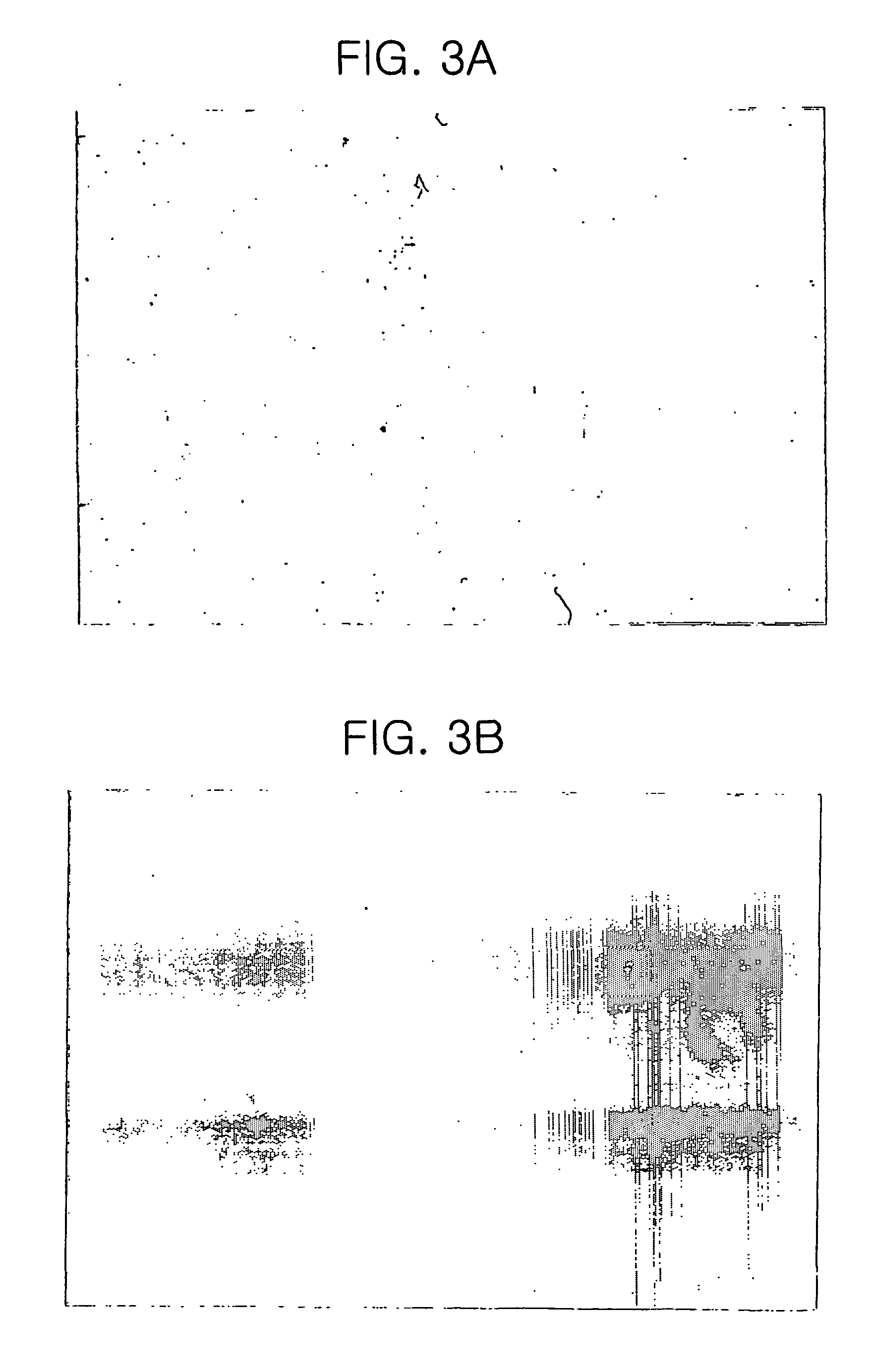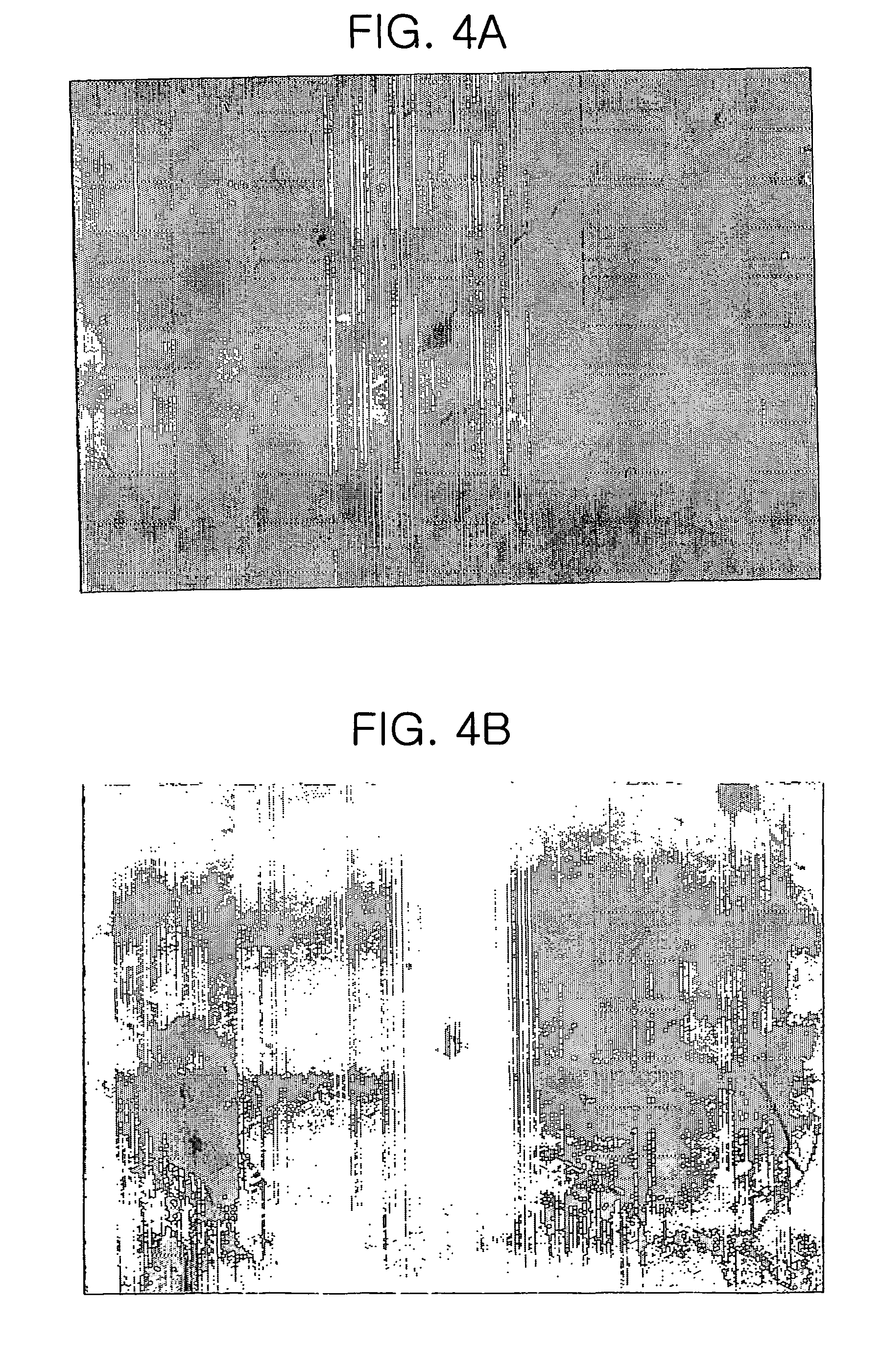Method for differentiating mesenchymal stem cells into neural cells
a mesenchymal stem cell and neural cell technology, applied in the field of differentiating mesenchymal stem cells into neural cells, can solve the problems of difficult to obtain a sufficient amount of cells to be supplied to the patient, many limitations in clinical applications, and low efficiency of differentiation from embryonic stem cells into target cells
- Summary
- Abstract
- Description
- Claims
- Application Information
AI Technical Summary
Benefits of technology
Problems solved by technology
Method used
Image
Examples
example 1
Isolation of Mononuclear Cells in Bone Marrow
[0048]About 10 ml of bone marrow was taken from the pelvis of each of healthy volunteers and stored in glass tubes containing heparin. 30 ml of phosphate buffered saline(PBS) was added to 10 ml of bone marrow, and 20 ml of the resulting mixture was slowly transferred onto 10 ml of Ficoll-Paque™ plus solution(1.077 g / ml, Amersham Pharmacia Biotech), and subjected to density gradient centrifugation at 2000 rpm for 20 minutes. The mononuclear cell layer at the interface between the top layer and Ficoll-Paque™ plus layer was recovered and subject to centrifugation at 1800 rpm for 5 minutes to obtain mononuclear cells.
example 2
Culture of Mononuclear Cells
[0049]The mononuclear cells obtained in Example 1 were inoculated at a density of 1×106 cells / cm2 to a culture flask containing a basal medium. The flask was incubated at 37° C., 5% CO2. After 4 hours, the flask was washed with fresh basal medium to remove non-attached cells. The basal medium was Williams' E medium(Gibco BRL) containing 3.5 μM of hydrocortisone(Sigma), 50 ng / ml of linoleic acid(Sigma Co.) mixed with fatty acid-free bovine serum albumin(Gibco BRL) at an equal molar ratio, 0.1 μM CuSO4.5H2O (Sigma), 50 pM ZnSO4.7H2O (Sigma), 3 ng / ml H2SeO3 (Sigma), 1.05 mg / ml NaHCO3(Sigma Co.), 1.19 mg / ml HEPES(Sigma), 100 U / ml penicillin(Gibco BRL), 10 mg / ml streptomycin(Gibco BRL) and 25 μg / ml amphotericin(Gibco BRL).
example 3
Differentiation of Mononuclear Cells into Neural Cells
[0050]In order to confirm whether the mononuclear cells obtained in Example 2 differentiate into neural cells, the mononuclear cells were cultured at 37° C., 5% CO2 on a basal medium containing 10 ng / ml of epidermal growth factor(Gibco BRL), 20 ng / ml of basic fibroblast growth factor(R&D Systems) and 20 ng / ml of hepatocyte growth factor(R&D Systems) (“differentiating medium”). The differentiating medium was replenished two times a week.
[0051]About 4 weeks after, neural cell colonies appeared and continuously proliferated(see Table 1 and FIG. 1).
[0052]About 8 weeks after, neuron-form cells consisting of long projections such as axons and short projections such as dendrites, and astrocyte-form cells consisting only with short dendrites were observed (see FIGS. 2 and 3). Further, after 8 weeks, the cells proliferated with their shapes unaltered, even if cultured on a basal medium containing only EGF and bFGF(see Table 2).
[0053]Howev...
PUM
 Login to View More
Login to View More Abstract
Description
Claims
Application Information
 Login to View More
Login to View More - R&D
- Intellectual Property
- Life Sciences
- Materials
- Tech Scout
- Unparalleled Data Quality
- Higher Quality Content
- 60% Fewer Hallucinations
Browse by: Latest US Patents, China's latest patents, Technical Efficacy Thesaurus, Application Domain, Technology Topic, Popular Technical Reports.
© 2025 PatSnap. All rights reserved.Legal|Privacy policy|Modern Slavery Act Transparency Statement|Sitemap|About US| Contact US: help@patsnap.com



